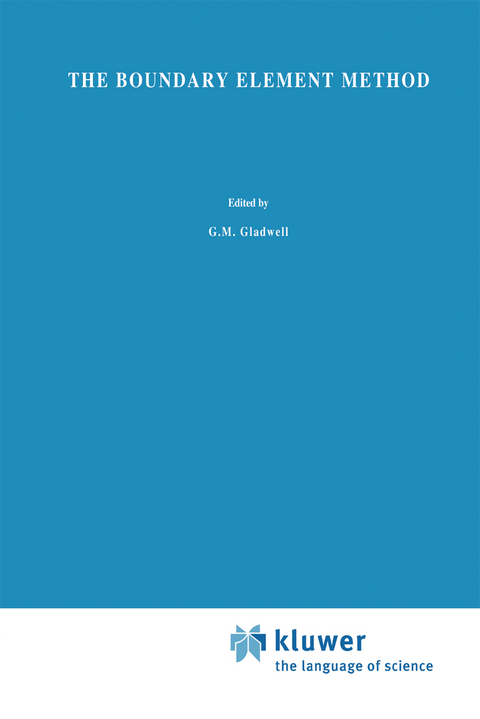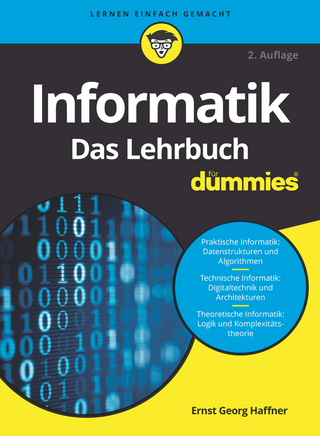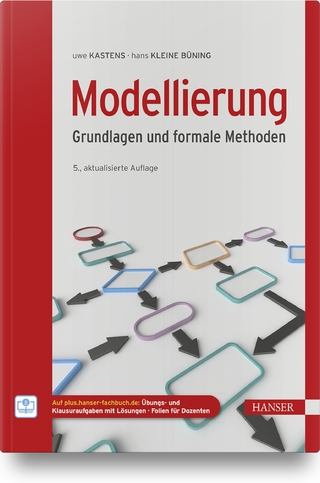
The Boundary Element Method
Springer (Verlag)
978-94-010-4336-6 (ISBN)
1 Ordinary Integral Equations.- 1.1 Introduction.- 1.2 Ordinary Integral Equations and their Applications.- 1.3 Equivalence between Ordinary Integral and Ordinary Differential Equations.- 1.4 Analytical Methods of Solution.- 1.5 Numerical Methods of Solution.- 1.6 Concluding Remarks.- Exercises.- 2 Two Dimensional Potential Problems.- 2.1 Introduction.- 2.2 Applications of Potential Formulations.- 2.3 Boundary Integral Equation Derivation for Interior Problems.- 2.4 Boundary Integral Equation Derivation for Exterior Problems.- 2.5 Treatment of Boundary Conditions.- 2.6 Concluding Remarks.- Exercises.- 3 Boundary Element Method.- 3.1 Introduction.- 3.2 Numerical Foundation.- 3.3 Linear Approximation.- 3.4 Integration on a Curve.- 3.5 Constant Function Solution for Exterior Heat Conduction.- 3.6 Evaluation of Logarithmic Integral Coefficients.- 3.7 Concluding Remarks.- Exercises.- 4 Linear Isoparametric Solution.- 4.1 Introduction.- 4.2 Linear Function Approximation for Exterior Heat Conduction.- 4.3 Assembly of Left Hand Side Coefficients.- 4.4 Singular and Nonsingular Elements.- 4.5 Evaluation of Right Hand Side Terms.- 4.6 Exterior Neumann Problem for Velocity Potential.- 4.7 Singularity Elimination for the Derivative Kernel.- 4.8 Interior Mixed Boundary Value Problem.- 4.9 Concluding Remarks.- Exercises.- 5 Quadratic Isoparametric Solution.- 5.1 Introduction.- 5.2 Interior Mixed Boundary Value Problems.- 5.3 Treatment of Singular Integrals.- 5.4 Subtraction and Series Expansion Method for Singular Integration.- 5.5 Concluding Remarks.- Exercises.- 6 Three Dimensional Potential Problems.- 6.1 Introduction.- 6.2 Boundary Integral Equation Formulation.- 6.3 Electrostatics Application.- 6.4 Shape functions and boundary elements.- 6.5 The Boundary Element Method.- 6.6 Surface Jacobian.- 6.7 Assembly of Coefficients.- 6.8 Generation of a System of Equations.- 6.9 Summary of the Three Dimensional Boundary Element Method.- 6.10 Concluding Remarks.- Exercises.- 7 Numerical Integration for Three Dimensional Problems.- 7.1 Introduction.- 7.2 Integration in the Local Coordinate Plane.- 7.3 Singular Integration.- 7.4 Concluding Remarks.- Exercises.- 8 Two-Dimensional Elastostatics.- 8.1 Introduction.- 8.2 Review of Linear Elasticity.- 8.3 Derivation of the Boundary Integral Equation.- 8.4 Boundary Element Solution.- 8.5 Concluding remarks.- Exercises.- Appendix A Integration and Differentiation Formulae.- Appendix B Matrix Partitioning for the Mixed Boundary Value Problem.- Appendix C Answers to Selected Exercises.
| Reihe/Serie | Solid Mechanics and Its Applications ; 27 |
|---|---|
| Zusatzinfo | X, 230 p. |
| Verlagsort | Dordrecht |
| Sprache | englisch |
| Maße | 155 x 235 mm |
| Themenwelt | Mathematik / Informatik ► Informatik ► Theorie / Studium |
| Mathematik / Informatik ► Mathematik ► Analysis | |
| Mathematik / Informatik ► Mathematik ► Angewandte Mathematik | |
| Naturwissenschaften ► Physik / Astronomie ► Mechanik | |
| Technik ► Bauwesen | |
| Technik ► Maschinenbau | |
| ISBN-10 | 94-010-4336-1 / 9401043361 |
| ISBN-13 | 978-94-010-4336-6 / 9789401043366 |
| Zustand | Neuware |
| Informationen gemäß Produktsicherheitsverordnung (GPSR) | |
| Haben Sie eine Frage zum Produkt? |
aus dem Bereich


